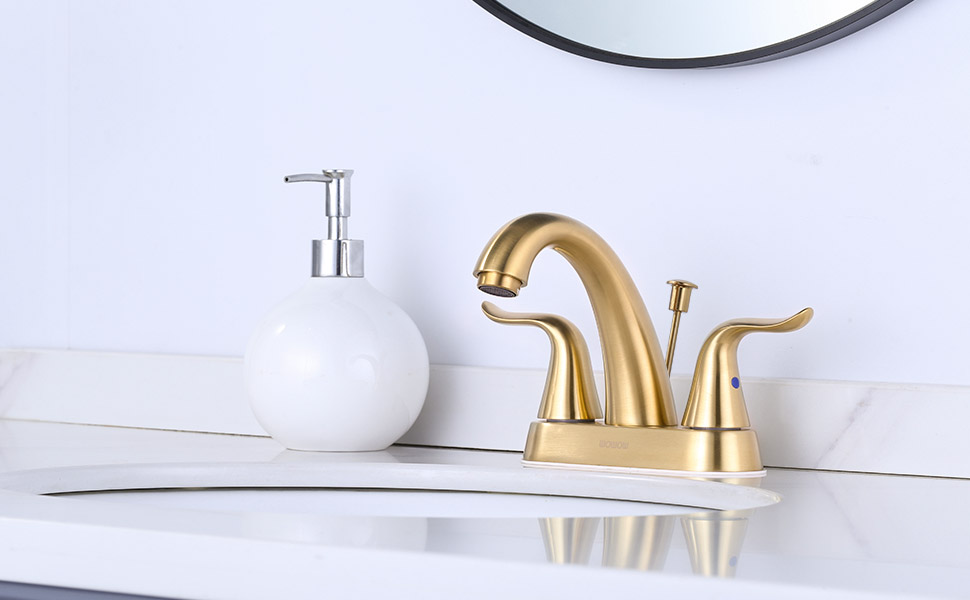
When it comes to selecting a faucet for your kitchen or bathroom, there are countless options to choose from. Two of the most popular materials on the market are ceramic and metal. Both come with their unique set of advantages and drawbacks, and the decision between ceramic faucets and metal faucets ultimately boils down to factors such as durability, cost, aesthetic appeal, and maintenance requirements.
In this post, we’ll compare ceramic faucets and metal faucets across key categories to help you make an informed decision and determine which type of faucet offers the best value for your home.
1. Durability and Longevity
Ceramic Faucets: Ceramic faucets are often made with a ceramic body and ceramic disc valves. These materials are incredibly durable, resistant to corrosion, and able to withstand extreme water temperatures. Ceramic faucets are especially resistant to hard water buildup, which can be a major concern in regions with high mineral content in the water. The smooth, non-porous surface of ceramic faucets prevents water from seeping into the material, which helps avoid rust and deterioration over time.
Ceramic valves are also known for their longevity. The disc valves inside ceramic faucets are designed to last for many years without the need for replacement. Because they are less prone to wear and tear compared to metal valves, ceramic faucets tend to have a longer lifespan, which can make them a great investment in the long run.
Metal Faucets: Metal faucets, on the other hand, vary significantly in terms of durability, depending on the type of metal used. Stainless steel, brass, and bronze are some of the most common materials for metal faucets, and each offers different levels of resilience. For example, brass faucets are durable and resistant to corrosion, while stainless steel faucets are also very strong but may be prone to water spots and fingerprint marks. Chrome-plated faucets, which are often the least expensive option, are susceptible to scratches, tarnishing, and rust over time, especially if exposed to hard water.
While metal faucets are generally strong and reliable, their longevity can be impacted by environmental factors like moisture, water temperature, and mineral content in the water. Over time, metal faucets may require maintenance or even replacement due to corrosion, discoloration, or general wear.
Winner: Ceramic faucets tend to outlast metal faucets in terms of overall durability, especially in areas with hard water. However, higher-end metal faucets made from stainless steel or brass are also long-lasting and offer good value.
2. Aesthetic Appeal and Design Flexibility
Ceramic Faucets: Ceramic faucets are highly customizable, offering an array of designs, shapes, and colors to suit different interior styles. Whether you prefer a modern, sleek look or a more vintage, rustic feel, ceramic faucets can easily fit into your vision. Ceramic faucets are often available in glossy, matte, or textured finishes, allowing you to create a cohesive and stylish look in your kitchen or bathroom.
Because of the versatility of ceramic materials, ceramic faucets can be a great choice if you’re aiming for a unique or personalized design. They can also be made in a variety of color options, which is not as common in metal faucets, allowing you to add a pop of color to your space.
Metal Faucets: Metal faucets are known for their sleek, shiny finishes and timeless appeal. Stainless steel, brass, and chrome are common materials used in metal faucets, and they typically offer a clean, polished look that works well in modern or traditional settings. The shine of a metal faucet can create a striking contrast against dark countertops, cabinetry, or sinks, adding a sophisticated touch to your space.
However, metal faucets are generally more limited in terms of color options. While you can find brushed finishes (like brushed nickel or matte black) to complement certain styles, metal faucets are typically not as customizable as ceramic faucets in terms of color and design.
Winner: Ceramic faucets offer more design flexibility and color choices, making them an excellent option for homeowners looking to match their faucet to a specific aesthetic. Metal faucets, however, provide a timeless, sleek appearance that works well in both modern and classic settings.
3. Maintenance and Cleaning
Ceramic Faucets: One of the key benefits of ceramic faucets is their low-maintenance nature. Ceramic materials are non-porous, meaning they are resistant to buildup from soap scum, mineral deposits, or water stains. Cleaning ceramic faucets is typically quick and easy with just a damp cloth or a gentle cleaner. Because they don’t absorb water or oils, ceramic faucets maintain their appearance over time, requiring less frequent cleaning compared to metal faucets.
Ceramic faucets are also less likely to develop tarnishing or rust, which is often a concern with metal faucets, especially in humid or hard water areas.
Metal Faucets: Metal faucets, depending on the finish, require more maintenance to keep their appearance intact. Chrome faucets, for example, are prone to water spots, fingerprints, and scratches, which can diminish their shine. Stainless steel faucets may also show watermarks or smudges, requiring regular wiping to maintain their polished look.
Brass and bronze faucets can develop patinas over time, which some homeowners may find desirable, but others might prefer to keep their metal faucets shiny. Metal faucets in hard water areas may require more frequent cleaning to remove mineral deposits and prevent corrosion.
Winner: Ceramic faucets are easier to maintain and clean than metal faucets, making them a more convenient option for homeowners who don’t want to spend too much time on upkeep.
4. Cost
Ceramic Faucets: Ceramic faucets are often considered a more affordable option compared to high-end metal faucets. While they might have a higher initial cost than basic chrome-plated faucets, the price difference is often justified by their long lifespan and low maintenance needs. Because ceramic faucets are resistant to rust and corrosion, you may save money in the long run by avoiding the need for repairs or replacements.
Metal Faucets: Metal faucets can vary widely in price depending on the type of metal used. For instance, a simple chrome faucet can be very inexpensive, while faucets made from high-quality brass or stainless steel can be significantly more expensive. While metal faucets are often seen as durable, their potential for tarnishing or rusting over time can mean more frequent repairs or replacements, which could add to the overall cost.
Winner: Ceramic faucets typically offer better value for the money in the long run due to their lower maintenance costs and longer lifespan. However, high-end metal faucets made from stainless steel or brass can be a worthy investment if you’re willing to pay more upfront for a more premium finish.
5. Water Efficiency and Environmental Impact
Ceramic Faucets: Ceramic faucets often feature ceramic disc valves, which provide precise control over the water flow. This allows for better water conservation, as ceramic faucets can reduce the likelihood of leaks and ensure a steady, efficient stream of water. Many ceramic faucets also come equipped with built-in aerators that mix air with the water, reducing water consumption while maintaining water pressure.
Metal Faucets: Metal faucets can also be designed to be water-efficient, particularly those that come with aerators or low-flow features. However, the overall water-saving potential of metal faucets may not be as great as ceramic faucets, which offer more precise flow control and a higher level of durability against leaks.
Winner: Ceramic faucets have a slight edge in water efficiency due to their precision in water flow and leak prevention.
Conclusion: Ceramic Faucets vs. Metal Faucets
Ultimately, the choice between ceramic and metal faucets depends on your priorities, budget, and long-term goals. Ceramic faucets shine in terms of durability, low maintenance, and aesthetic variety. They are a great option for homeowners looking for a stylish, cost-effective, and long-lasting solution.
Metal faucets, on the other hand, offer a sleek, timeless look and are ideal for those who prefer the refined appearance of metals like stainless steel or brass. While metal faucets may come with a higher upfront cost, they can be a worthwhile investment if you’re looking for premium design and don’t mind some extra maintenance.
For many homeowners, ceramic faucets offer the best combination of value, ease of maintenance, and long-term durability. However, if you have a preference for metal aesthetics and are willing to invest in a premium metal faucet, that could be the right choice for you. Either way, both options can enhance the functionality and design of your home, so the choice ultimately comes down to your personal needs and preferences.
 WOWOW Faucets
WOWOW Faucets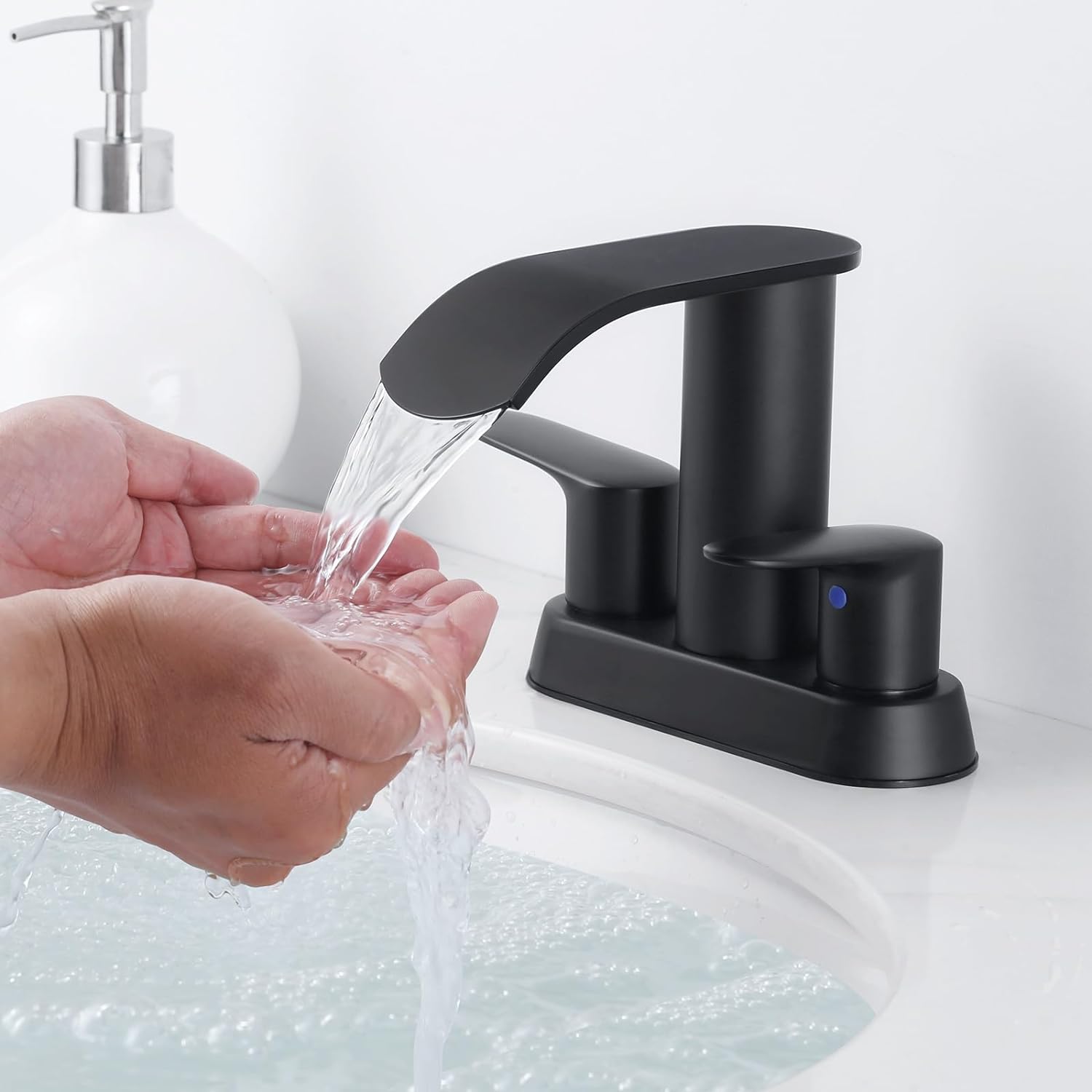
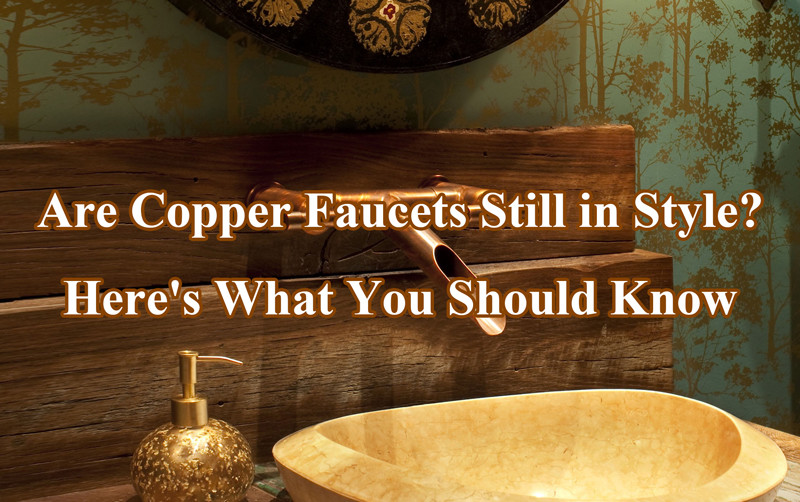
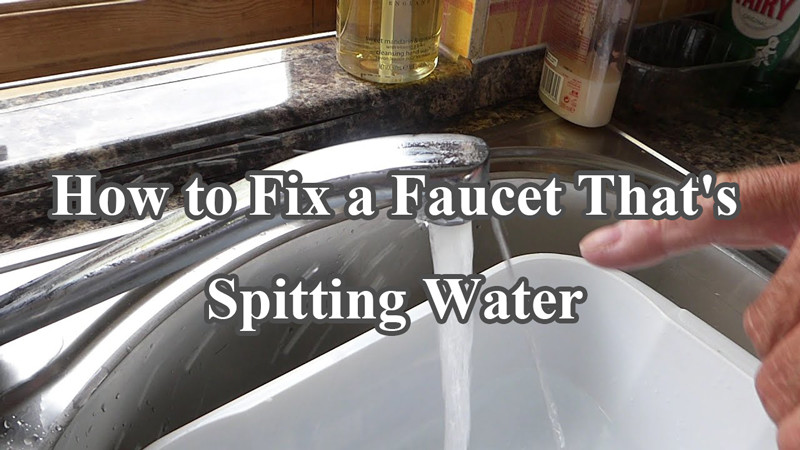
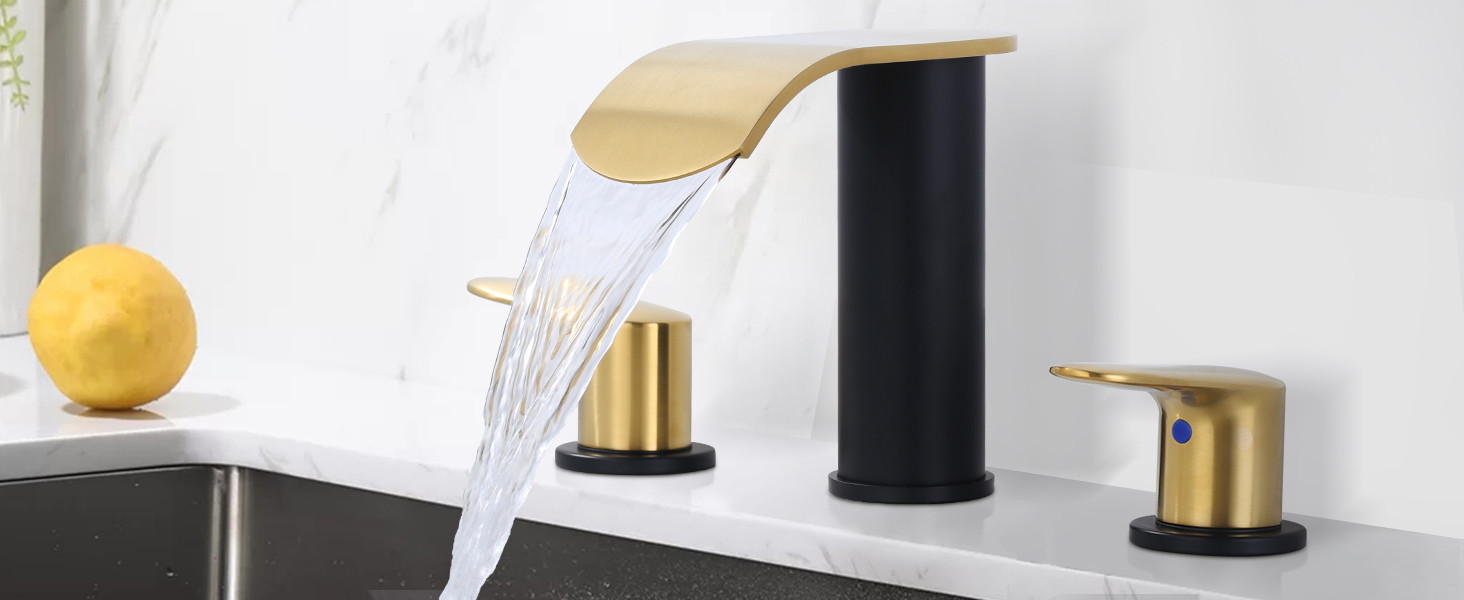
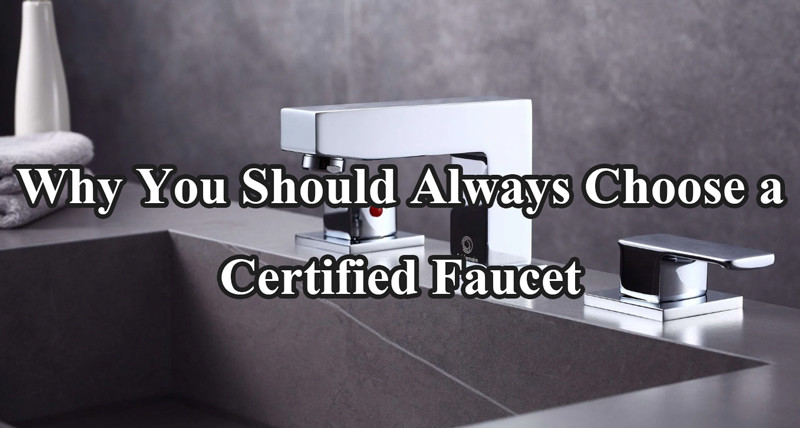
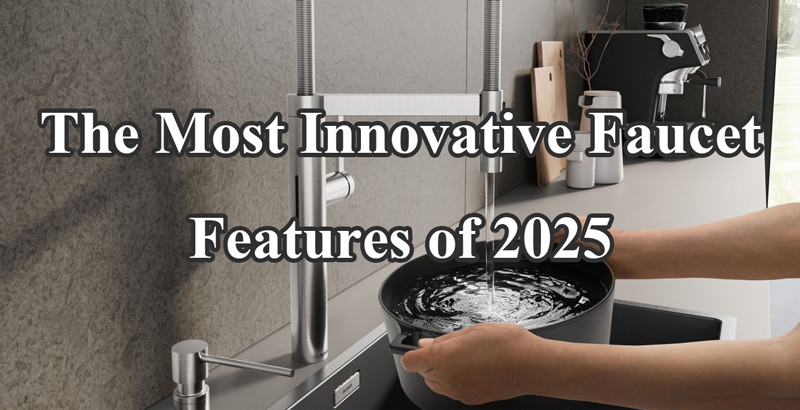

您好!Please sign in